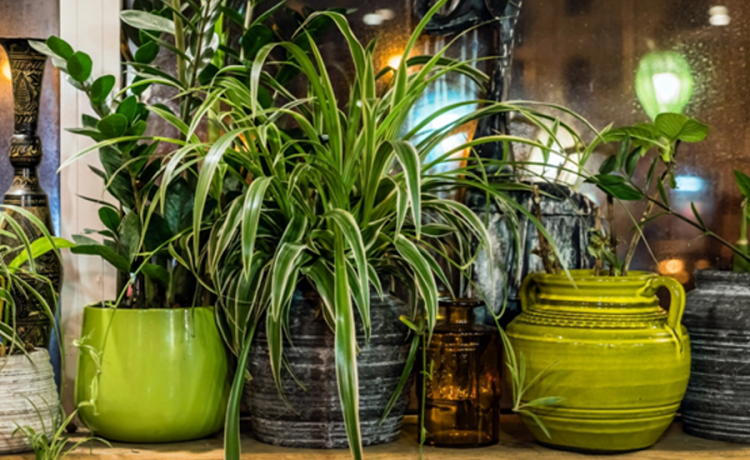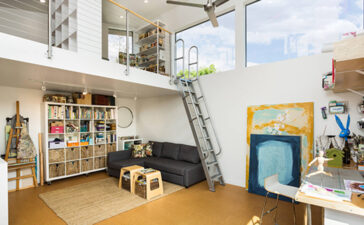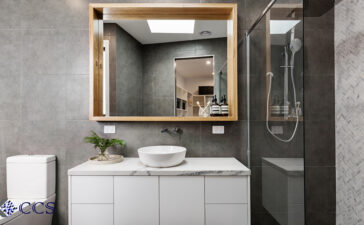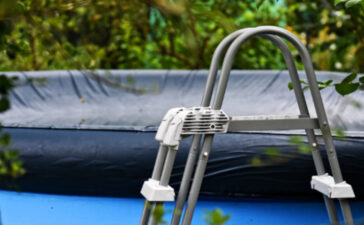House plants are growing in popularity. They can bring a calming effect to a room and help reduce stress. They can even help cut down on humidity.
But caring for indoor plants can be a source of stress. Over- or under-watering them can cause harm. But most plants will survive if you follow a simple rule: water at least once a week and don’t drown them.
Light schedule can be a little trickier. Some plants need a ton of light, while others thrive on very little. If you don’t know which your plant needs, or how to best provide it, then you could be setting yourself up for failure.
Fortunately, with a little bit of know-how, your plants will thrive. If you don’t feel like you’ve got a “green thumb” but are interested in adding some photosynthetic friends to your home, keep reading to find out how easy it can be.
How Does Light Impact Plants?
There are more than 390,000 species of plants in the world that need very different conditions to live. But one thing they all have in common is that they need light for food.
Through photosynthesis, plants convert light into energy. Light helps transfer electrons from water to carbon dioxide to produce carbohydrates for the plant to use, and oxygen that is released.
Ensuring the right amount of light means that that particular plant is being properly “fed.” But it also impacts things like the temperature of the soil. One way to control this is to use clay or wood containers, and avoid metal ones. Metal conducts heat and makes the container prone to stark temperature changes.
Light can even be used to control when your plant begins flowering. You can read online for more information on these processes, but it illustrates how impactful light is to a plant.
Light Schedule Basics
Based on the amount of light they need each day, house plants can be placed into four categories.
- Full sun
- Partial sunlight
- Low light/full shade
Most house plants do not fit into the full sun category. Exceptions are things like cacti and succulents. For these plants, place them near the sunniest windows of your home. Garden or bay windows are ideal for this.
Most flowering plants require partial sunlight, meaning a few hours each day. An easy way to accomplish this is to place them near an east- or west-facing window, so that they get a bit of sunlight in the morning or evening. This also helps avoid the direct mid-day sun, which can be too intense for these plants.
Most plants do not do well in full shade environments, but a few species actually thrive on it. Plants in this category are popular for their ease of care indoors. They still need light for photosynthesis, but not direct sun. So, the key is to keep these plants away from windows.
A good rule-of-thumb is that, if your plants develop yellow leaves or growing very slowly, they may not be receiving enough sun. Also, if flowering plants are not blooming, this could be another sign of insufficient light. If your plants are shriveling or have drooping or fading leaves, this could be an indication that they are receiving too much sun.
Find the Right Plants for Your Home
Talk to your local plant dealer about the proper light schedule for the plants you buy. With this information, along with a little bit of patience and attention, you will be on your way to making your home more lush and lively.
Be sure to check out some of our other guides and tutorials on a variety of topics, from home and business to technology and travel. We do our best to provide accurate yet easy-to-follow information that readers can enjoy and put to good use in their lives.









